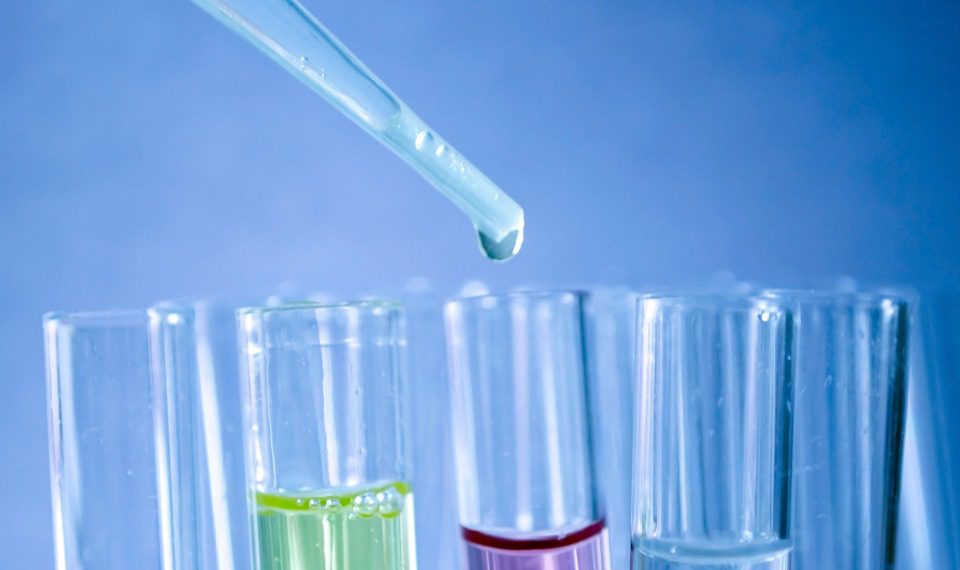In 2019, drug pricing pressure from regulators, patients, politicians and payers will remain and aggressive negotiation tactics to drive down drug prices are expected, says GlobalData, a leading data and analytics company.
The company’s latest annual outlook report, ‘The State of the Biopharmaceutical Industry – 2019’, reveals that 51% of global industry respondents believe that drug pricing and reimbursement constraints will have the greatest negative impact on the pharmaceutical industry in 2019.
According to Bonnie Bain, PhD, Global Head of Pharma at GlobalData, this response is not surprising, especially given that increased pressure from the Trump administration led to price freezes in 2018.
Even though Brexit and US political uncertainty were high profile news stories in 2018, the respondents viewed them as a distant second at 11% each. Contrastingly, respondents were mixed on the factors that would have the greatest positive impact. The Rise of China, vertical integration and patent expiry of biologics are expected to have an equal impact at 20% each.
Despite concerns about a trade war between the US and China, it is not a surprise that China is still viewed as a huge market opportunity for the pharmaceutical industry.
The healthcare industry saw several big vertical integrations in 2018 such as Aetna/CVS and Cigna/Express Scripts. These deals are touted as opportunities to gain efficiency and lower cost of care, but it is still too early to determine their long-term impact. The one thing that is certain is that this trend will likely continue in 2019, as the industry looks for new ways to control costs and increase margins.
While 30% of respondents believe that patent expiry of biologics will have a major impact in 2019, GlobalData anticipates that the immediate impact will be less than expected, particularly in the US. Although several biosimilars are now approved in the US, the pace of their subsequent launch and market growth remains slow and most biosimilars still face stiff legal battles. On average, the price differential between biosimilars and their branded counterparts is only about 30% which is significantly less than the cost savings seen with the average generic drug.

















